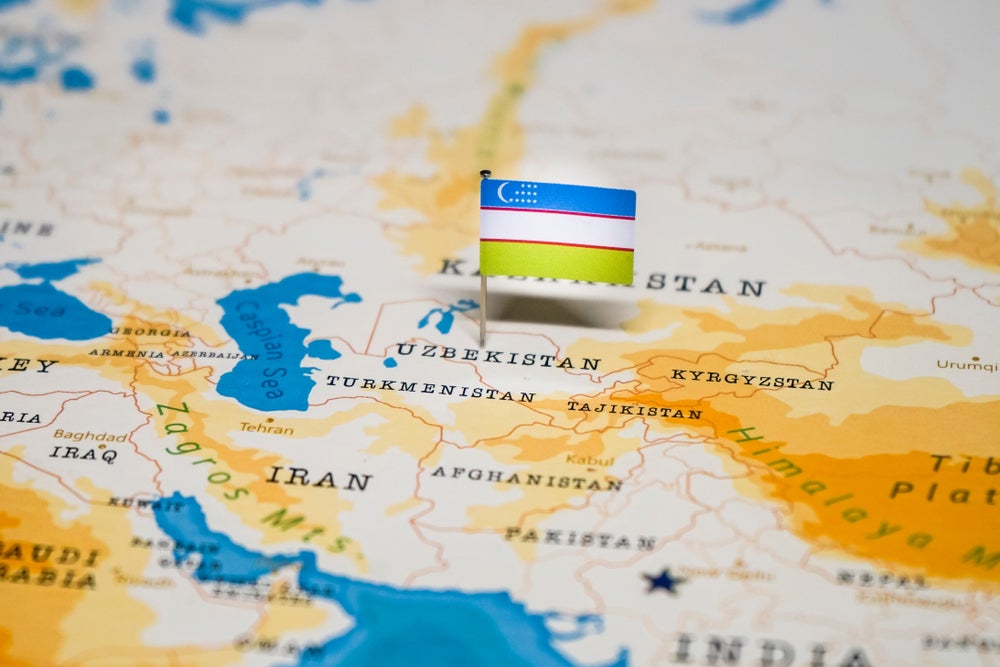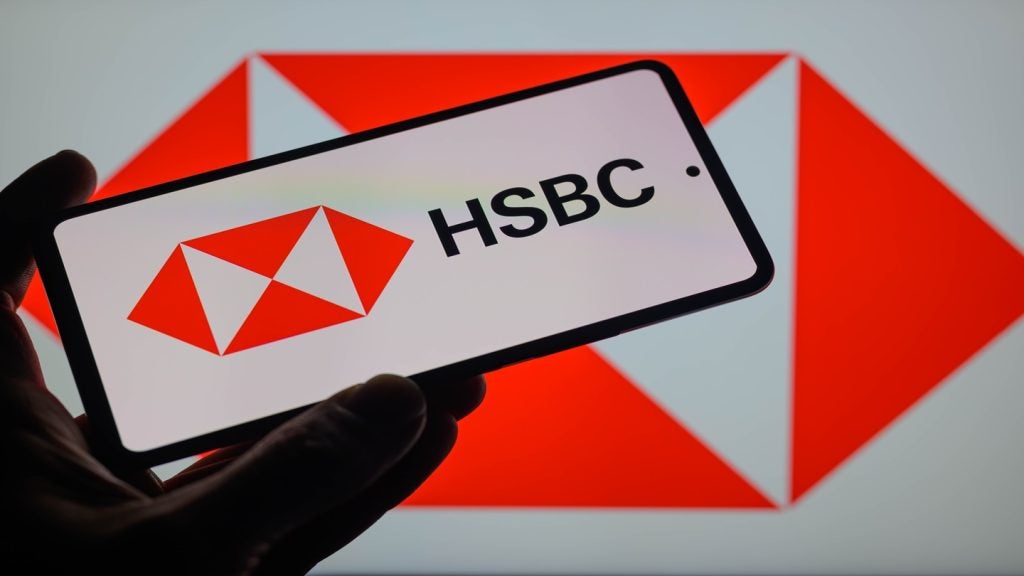Blackstone has filed a patent for a method that utilizes the RAM of multiple servers to improve the efficiency of identifying matching segments between a target dataset and other datasets in a database. The method involves encoding genetic datasets into pairs of bitmap sequences and storing them in the servers’ RAM. The servers then compare the encoded data of a target individual with the stored data to determine relationships. The encoded data is sustained in the RAM for future comparisons. GlobalData’s report on Blackstone gives a 360-degree view of the company including its patenting strategy. Buy the report here.
According to GlobalData’s company profile on Blackstone, Customized implants was a key innovation area identified from patents. Blackstone's grant share as of September 2023 was 56%. Grant share is based on the ratio of number of grants to total number of patents.
Efficient method for matching genetic datasets using server ram
A recently filed patent (Publication Number: US20230317300A1) describes a computer-implemented method for analyzing genetic datasets to determine relationships between individuals. The method involves storing genetic datasets of multiple individuals on hard drives in a database and encoding these datasets to generate pairs of encoded bitmap sequences based on an encoding scheme. The encoded bitmap sequences are then stored in the random-access memory (RAM) of multiple servers.
To determine relationships between a target individual and the other individuals, the method compares the input pair of encoded bitmap sequences of the target individual to the pairs stored in the RAM. This comparison helps identify matched segments between the target individual and the others. The method computes a relationship between the target individual and each individual in the dataset for each server, and collates the computed relationships.
The patent also describes the use of a reference panel of a genetic community, where the encoded bitmap sequences of a subset of individuals are stored in one of the servers. If the target individual belongs to the genetic community, the method selects the server storing the encoded bitmap sequences of the reference panel and uses it to determine relationships between the target individual and the reference panel.
The method includes creating hash tables for at least one server, which sustain encoded data such as a user's account name, name, date of birth, location of birth, or a combination of user information.
The encoding scheme of the pairs of encoded bitmap sequences defines values based on the homozygosity of the genetic dataset. The method determines matched segments by comparing encoded data of the target individual to another dataset and identifying common locations that indicate homogeneity.
The pairs of encoded bitmap sequences are sustained in the RAM of the servers for a user-defined length of time or until the server is powered off. This allows for comparisons for multiple targeted individuals without regenerating the pairs from the genetic datasets stored on the hard drives.
In addition to the method, the patent also describes a non-transitory computer-readable storage medium comprising instructions for executing the method and a system comprising a database and multiple servers for implementing the method.
To know more about GlobalData’s detailed insights on Blackstone, buy the report here.
Data Insights
From

The gold standard of business intelligence.
Blending expert knowledge with cutting-edge technology, GlobalData’s unrivalled proprietary data will enable you to decode what’s happening in your market. You can make better informed decisions and gain a future-proof advantage over your competitors.







